
IOC prepares to boost Paradip PP output
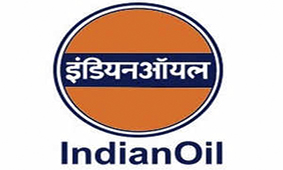
IOC's first PP production line is operational, while its second line will possibly start up in January. The PP plant, commissioned in June this year, is designed to produce homopolymer grades such as raffia, injection and fiber.
IOC currently operates a 600,000 t/yr PP plant in Panipat in north India's Haryana, also producing homopolymer grades.
Indian private-sector firms Reliance Industries and Haldia Petrochemicals, along with state-controlled producers MRPL and ONGC, are India's other key PP producers of PP.
IOC's PP plant in Paradip is coming on line at a time of significant PP oversupply in Asia. Malaysia's state-owned Petronas is set to commission a new 900,000 t/yr plant in Pengerang, while South Korean textile manufacturer Hyosung is readying a 300,000 t/yr unit in Vietnam's Ba Ria-Vung Tau province for early next year.
The increased capacity from IOC will make domestic buyers in India less reliant on imports from the Middle East.
Producers in the Mideast Gulf could find it even more challenging to sell into India next year, if Indian authorities finalise plans to require imports of polymers to meet Bureau of Indian Standards (BIS) requirements. The BIS requirements require foreign polymer suppliers exporting to India to register with the government to ensure their imports meet agreed standards, lengthening the time taken to register and import to the country.


Gold price edges up as market awaits Fed minutes, Powell speech

Glencore trader who led ill-fated battery recycling push to exit

Emirates Global Aluminium unit to exit Guinea after mine seized

Iron ore price dips on China blast furnace cuts, US trade restrictions

Roshel, Swebor partner to produce ballistic-grade steel in Canada
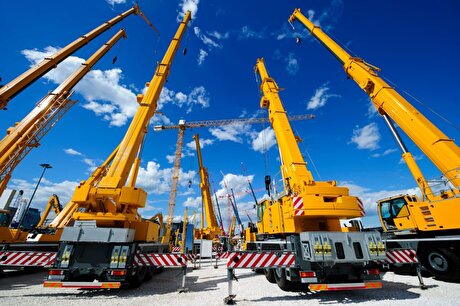
US hikes steel, aluminum tariffs on imported wind turbines, cranes, railcars

Trump weighs using $2 billion in CHIPS Act funding for critical minerals

EverMetal launches US-based critical metals recycling platform
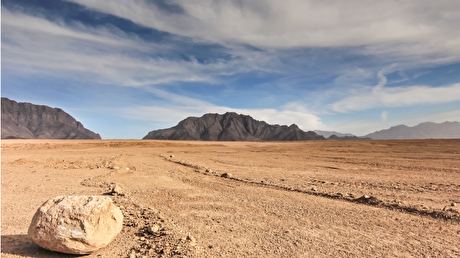
Afghanistan says China seeks its participation in Belt and Road Initiative

Energy Fuels soars on Vulcan Elements partnership

Northern Dynasty sticks to proposal in battle to lift Pebble mine veto

Giustra-backed mining firm teams up with informal miners in Colombia

Critical Metals signs agreement to supply rare earth to US government-funded facility

China extends rare earth controls to imported material

Galan Lithium proceeds with $13M financing for Argentina project

Silver price touches $39 as market weighs rate cut outlook

First Quantum drops plan to sell stakes in Zambia copper mines
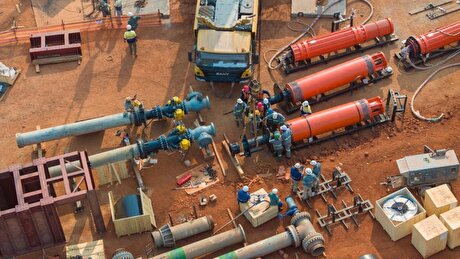
Ivanhoe advances Kamoa dewatering plan, plans forecasts
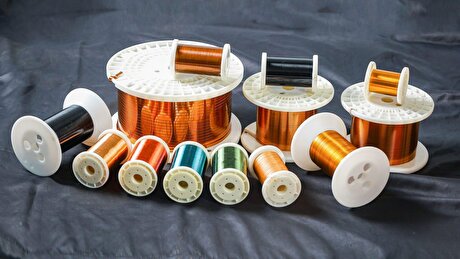
Texas factory gives Chinese copper firm an edge in tariff war

Energy Fuels soars on Vulcan Elements partnership

Northern Dynasty sticks to proposal in battle to lift Pebble mine veto

Giustra-backed mining firm teams up with informal miners in Colombia

Critical Metals signs agreement to supply rare earth to US government-funded facility

China extends rare earth controls to imported material

Galan Lithium proceeds with $13M financing for Argentina project

Silver price touches $39 as market weighs rate cut outlook

First Quantum drops plan to sell stakes in Zambia copper mines

Ivanhoe advances Kamoa dewatering plan, plans forecasts

















